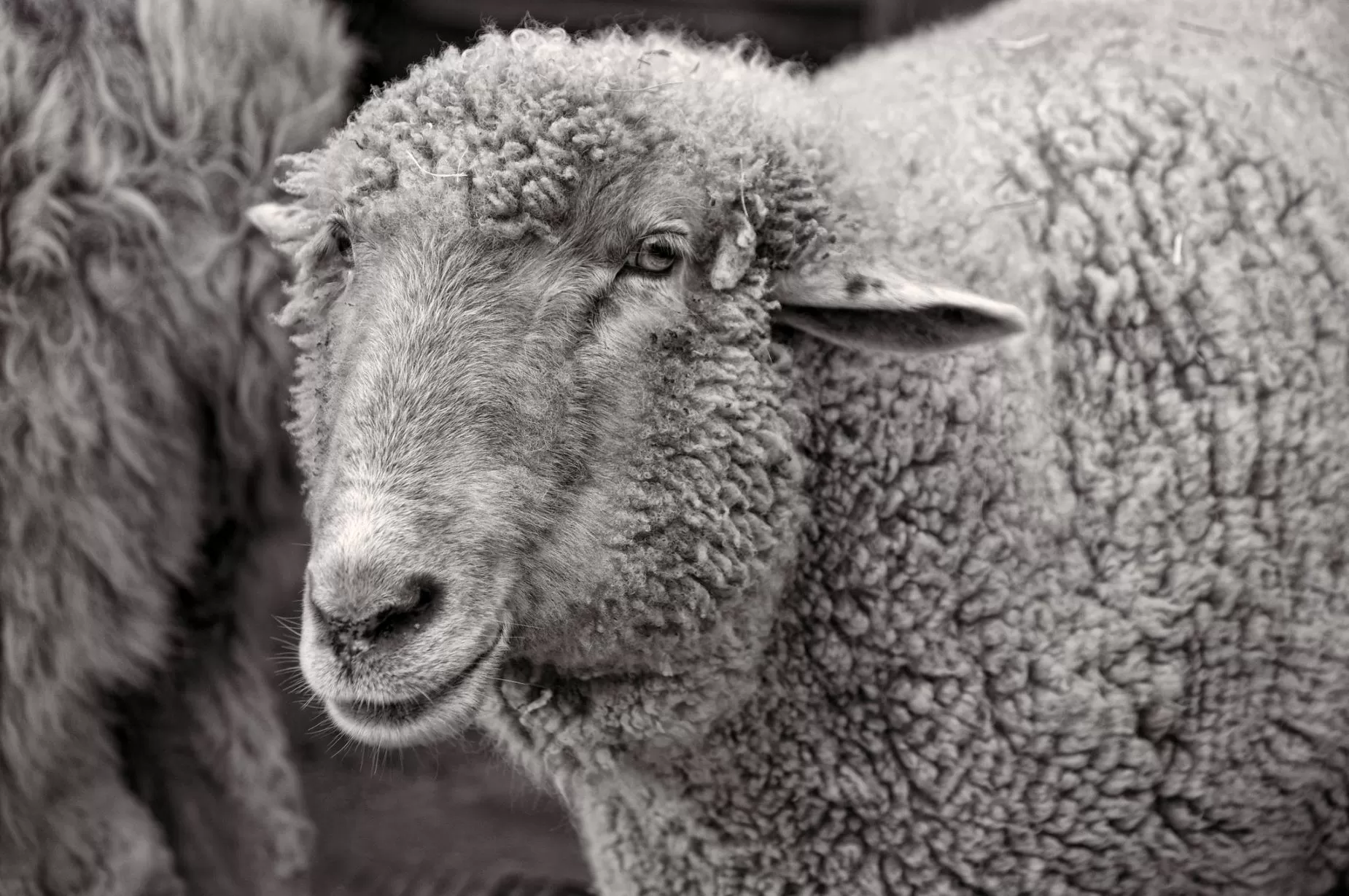Crescent was getting more than a bit familiar with me. First it was my fingers, then the seams and zipper pulls on my hiking pants. Increasingly desperate, she started nibbling hard enough that she nipped the flesh beneath my pants, including my inner thigh. I couldn’t stop laughing as she got frisky. Sitting on the wood floor of the greenhouse, we were also terrified we wouldn’t be able to keep beautiful Crescent and her adorable twin Joseph alive. June Bug...

